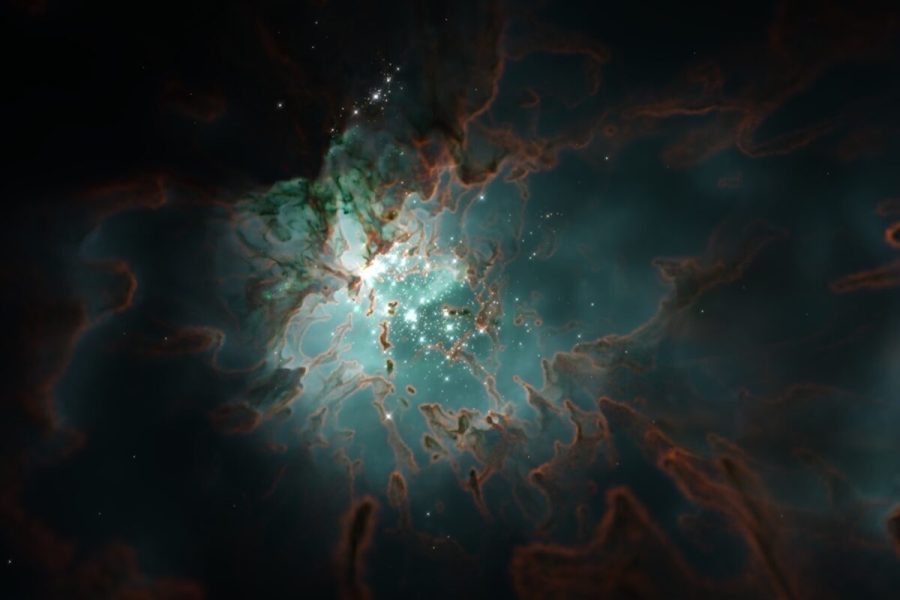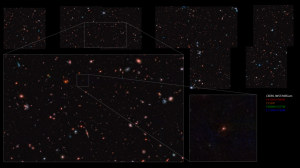UT-Austin researchers find the answer to how stars form
August 25, 2022
UT researchers uncovered that stars form through a self-regulatory process, an answer to the mystery scientists have been studying for decades.
The STARFORGE project is a multi-institutional collaborative project that includes universities such as UT, Harvard University, California Institute of Technology, Northwestern University and Carnegie Mellon University, aimed at using computer simulations to visualize star formation. The simulations showed how forming stars interact with their environment and found life on other planets to be dependent on stars’ mass, according to the study published in Monthly Notices of the Royal Astronomical Society in late July.
“It’s actually surprising that, despite the fact of how important stars are to our understanding of how the universe has come to be … we don’t really know how they formed,” said STARFORGE project lead Dávid Guszejnov.
Stella Offner, an associate professor of astronomy at UT and a STARFORGE project member, said that understanding this foundational concept is a core issue in the subfield of star formation.
“Trying to understand the mass distribution of stars is one of the most fundamental problems in astrophysics,” Offner said. “This is really the first time we’ve been able to answer this question with all of the tools that we need.”
The STARFORGE project carried out simulations of star formations and found that the process is self-regulatory, or what the researchers call “stellar feedback.” Stellar feedback is the energy and momentum that stars give off in their environments that influence the way their mass is distributed, Offner said.
The distinction between a newly born “protostar” and a fully-formed star that has stopped accreting, or accumulating mass, is an important one to make when studying star evolution, said Offner.
“This feedback is really essential for stopping accretion,” said Offner. “It helps set the initial masses of stars and it disperses the gas so that the stars can no longer accrete.”
Astronomy postdoctoral fellow Guszejnov said stellar feedback occurs through forces such as radiation and jets of gas, and has the ability to impact neighboring stars and shape entire star clusters.
“These are not minor interactions with the environment, these can affect a lot of space,” said Guszejnov.
These powerful forces are the reason why star clusters throughout the Milky Way have the same mass balance, or distribution, of different star types. Even though their environments are different, Guszejnov said that stellar feedback causes the same ratio of star types to occur throughout the galaxy.
Although the process of star formation has been studied before, Gusjeznov said that the STARFORGE project is unique due to its dynamic range, which allows researchers to visualize large areas while being able to see individual stars in high resolution.
Offner said the project will be able to help researchers make predictions about star formation in environments that are difficult to observe.
“Reproducing this universal stellar mass function in our galaxy and understanding what sets it helps us to then model and understand these more extreme conditions and make predictions which are really beyond our ability to observe directly,” said Offner.














